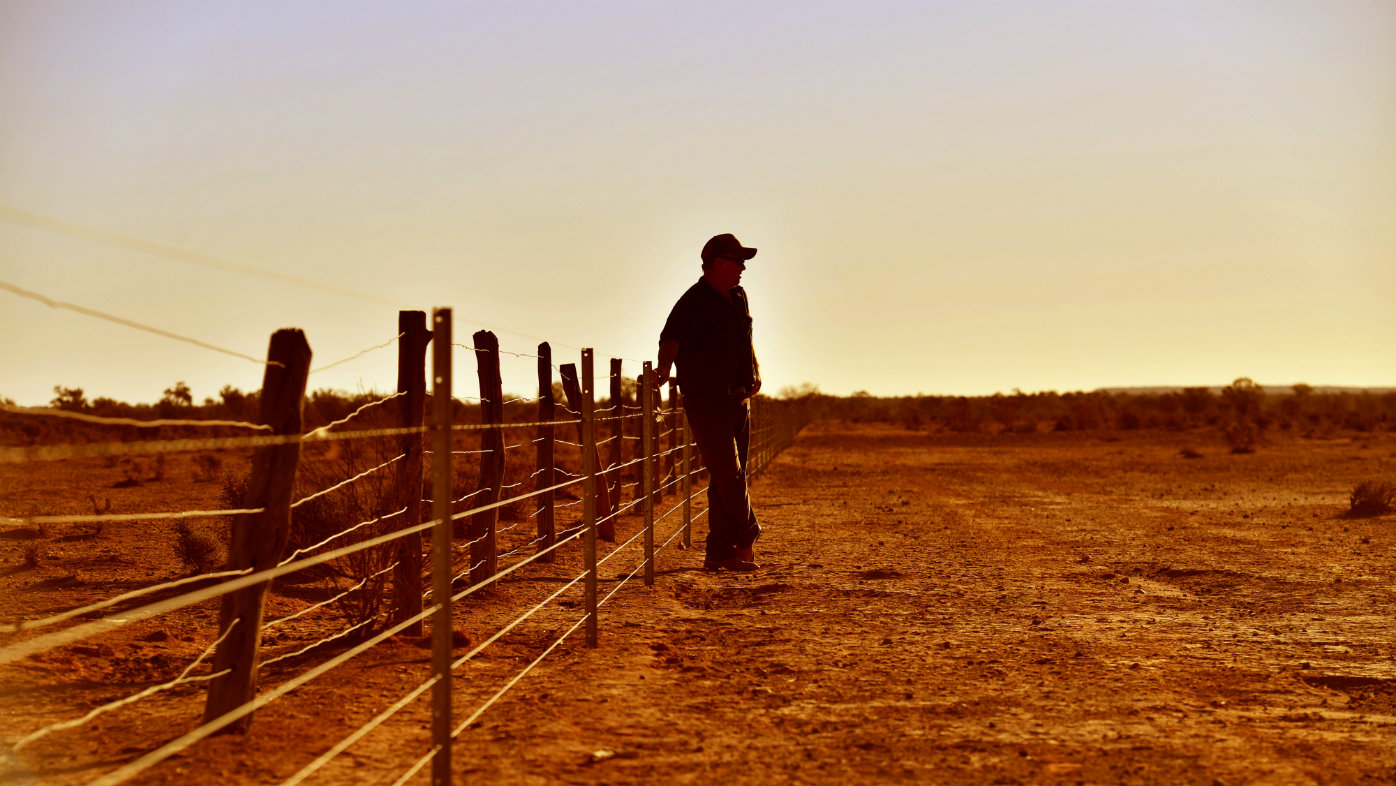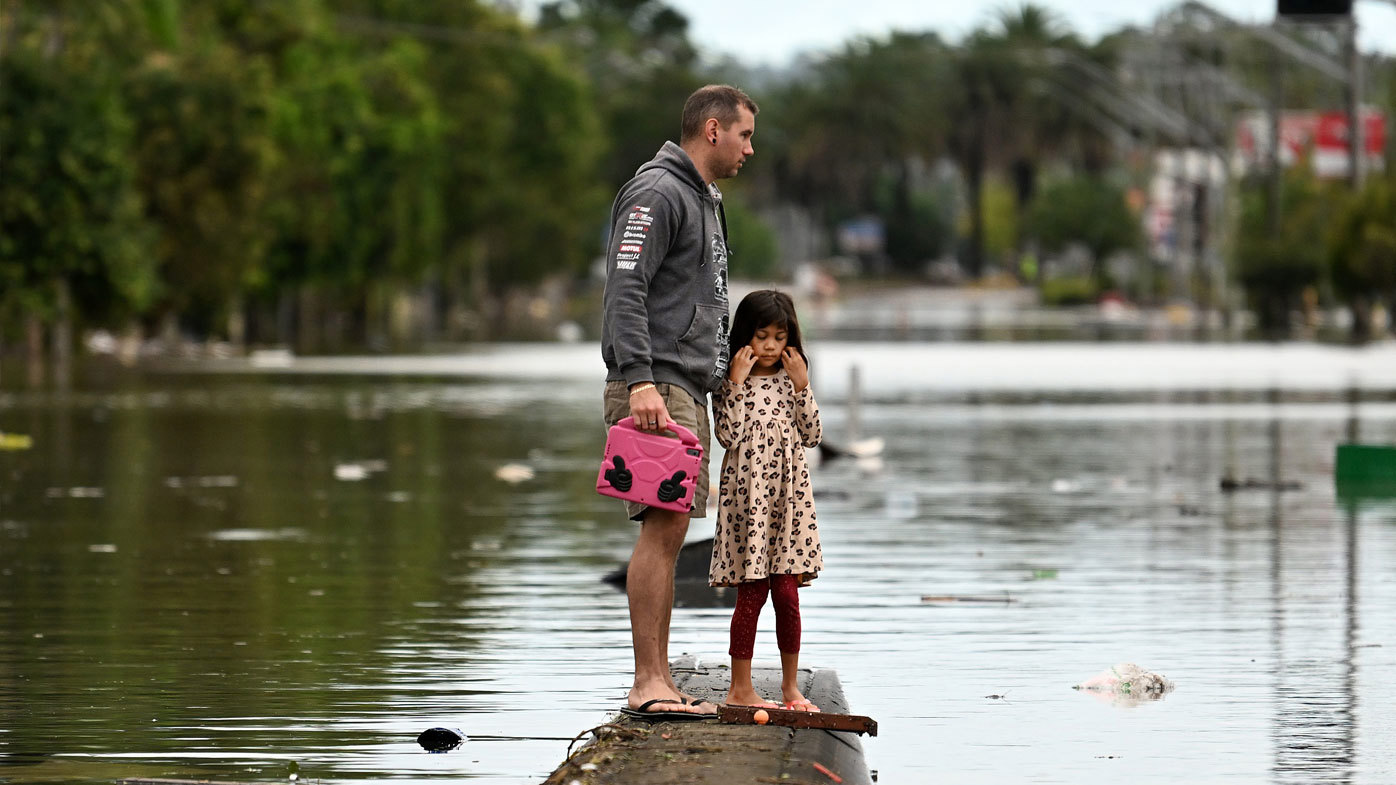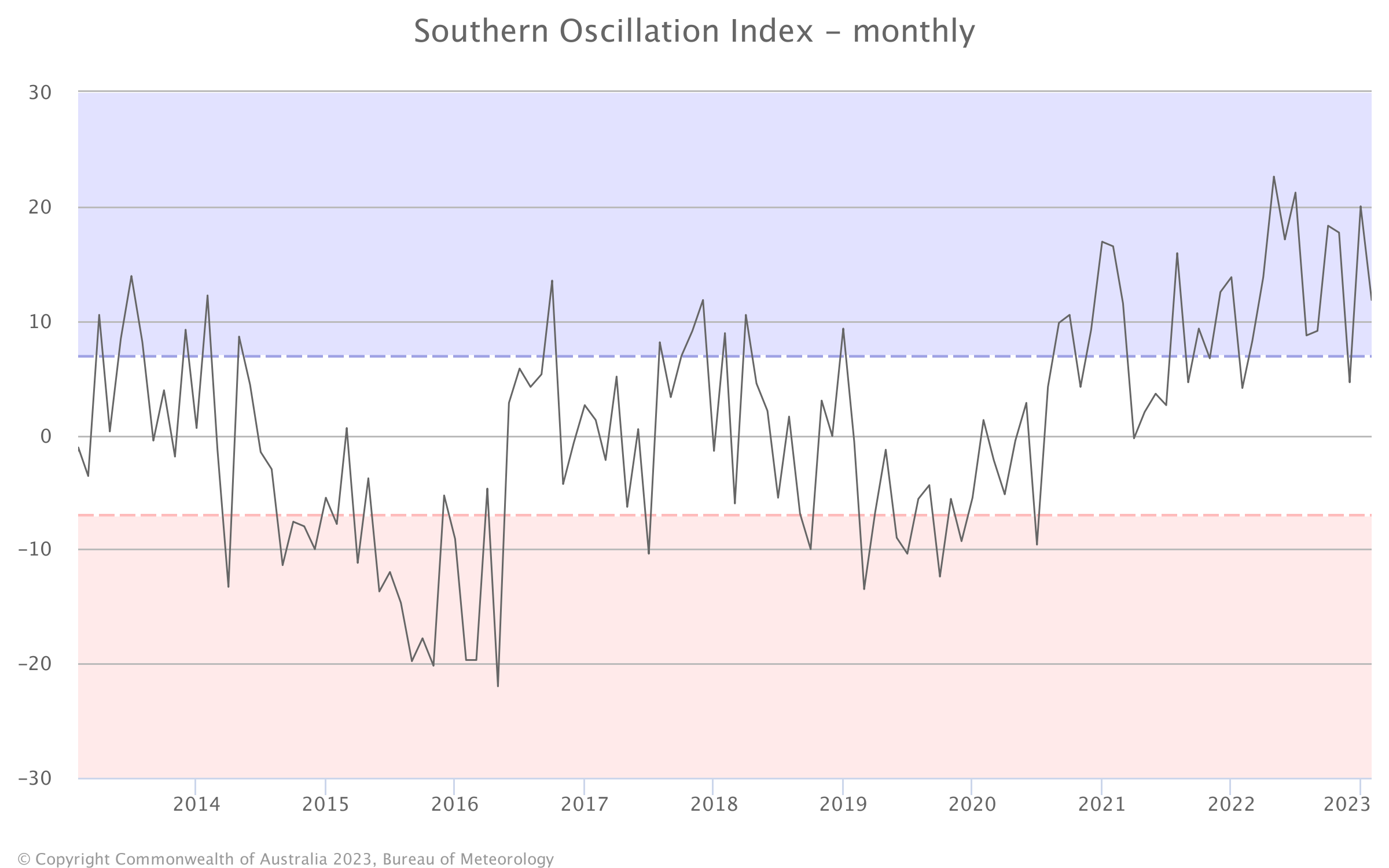An early bird El Nino has officially formed, likely to be strong, warp weather worldwide and give an already warming Earth an extra kick of natural heat, American meteorologists have announced.
The National Oceanic and Atmospheric Administration on Thursday issued an El Nino advisory, announcing the arrival of the climatic condition. It may not quite be like the others.
It was said to have formed a month or two earlier than most El Ninos do, which "gives it room to grow", and there's a 56 per cent chance it will be considered strong and a 25 per cent chance it reaches supersized levels, said climate scientist Michelle L'Heureux, head of NOAA's El Nino/La Nina forecast office.
EXPLAINED: La Nina and El Nino
Australia's Bureau of Meteorology is yet to declare an El Nino but has predicted a 70 per cent chance of one developing.
Such a short gap between El Ninos leaves communities with less time to recover from damages to infrastructure, agriculture, and ecosystems like coral reefs.
El Nino strongly tilts Australia toward drier and warmer conditions with northern South America — Brazil, Colombia and Venezuela — likely to be drier and south-east Argentina and parts of Chile likely to be wetter, she said. India and Indonesia also tend to be dry through August in El Ninos.
While traditionally El Nino means fewer hurricanes in the Atlantic, it often means more tropical cyclones in the Pacific, L'Heureux said.
In the past, a strong El Nino has led to record global warmth, like in 2016 and 1998.
READ MORE: Suspect detained after young children critically wounded in French Alps knife attack
Scientists earlier this year had been saying next year is more likely to set a record heat, especially because El Ninos usually reach peak power in the northern hemisphere winter. But this El Nino started even earlier than usual.
"The onset of El Nino has implications for placing 2023 in the running for warmest year on record when combined with climate-warming background," said University of Georgia meteorology professor Marshall Shepherd.
An El Nino is a natural, temporary and occasional warming of part of the Pacific that shifts weather patterns across the globe, often by moving the airborne paths for storms.
The world earlier this year got out of an unusually long-lasting and strong La Nina — El Nino's flip side with cooling — that exacerbated regular flooding across Australia.
READ MORE: Cops use nearby resident's carjack to lift vehicle off officer
Click through the interactive below to see the BoM's predictions for La Niña and El Niño throughout the year.
What this in some ways means is that some of the wild weather of the past three years will flip the opposite way.
"If you've been suffering three years of a profound drought like in South America, then a tilt toward wet might be a welcome to development," L'Heureux said.
"You don't want flooding, but certainly there are portions of the world that may benefit from the onset of El Nino."
For the next few months, during the southern winter, El Nino will most be felt in the southern hemisphere with "minimal impacts" in North America, L'Heureux said.
El Nino hits hardest in December through February, shifting the US winter storm track farther south to the equator.
Some of the biggest effects are likely to be seen in a hotter and drier Indonesia and adjacent parts of Asia, L'Heureux said. Also look for parts of southern Africa to go dry.
On the other hand, drought-stricken countries in north-east Africa will welcome beneficial rainfall after enduring drought conditions for several years due to prolonged La Nina events, said Azhar Ehsan, associate research scientist at Columbia University.
Some economic studies have shown that La Nina causes more damages in the United States and globally than El Nino.
READ MORE: Woolworths backflips on paper bag promise
One 2017 study in an economic journal found El Nino has a "growth-enhancing effect" on the economies of the United States and Europe, while it was costly for Australia, Chile, Indonesia, India, Japan, New Zealand and South Africa.
But a recent study says El Nino is far more expensive globally than previously thought, putting damage estimates in the trillions of dollars. The World Bank estimated that the 1997-1998 El Nino cost governments $US45 billion ($67 billion).
Sign up here to receive our daily newsletters and breaking news alerts, sent straight to your inbox.






